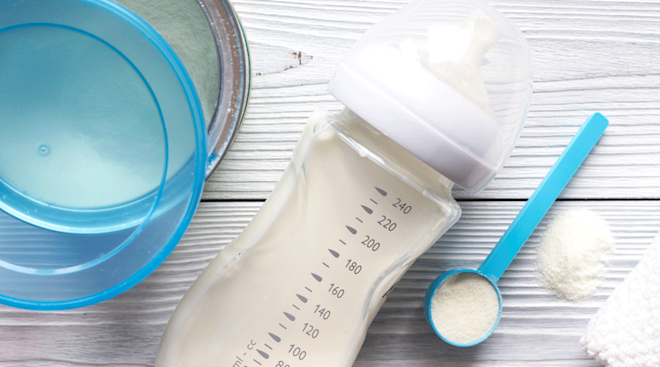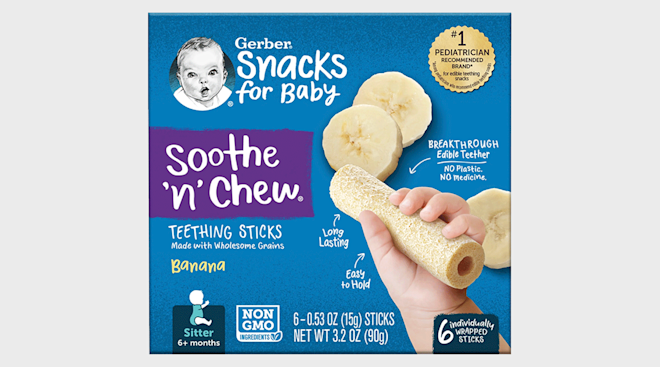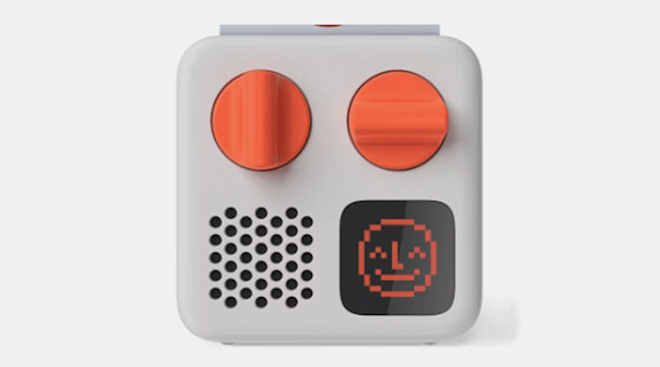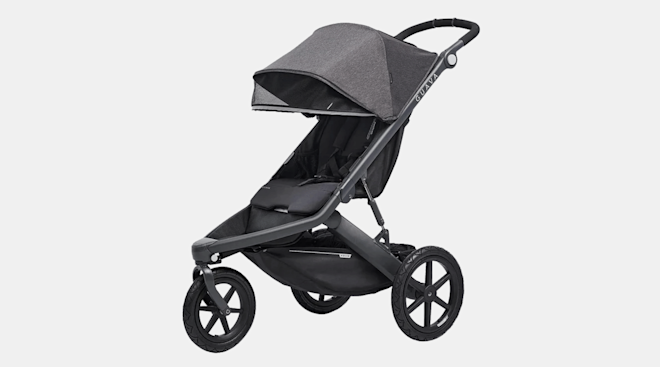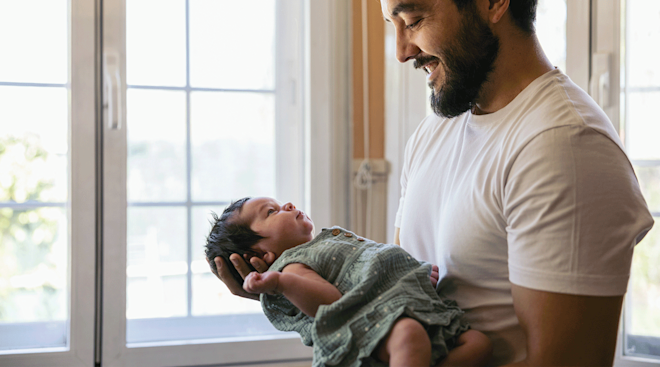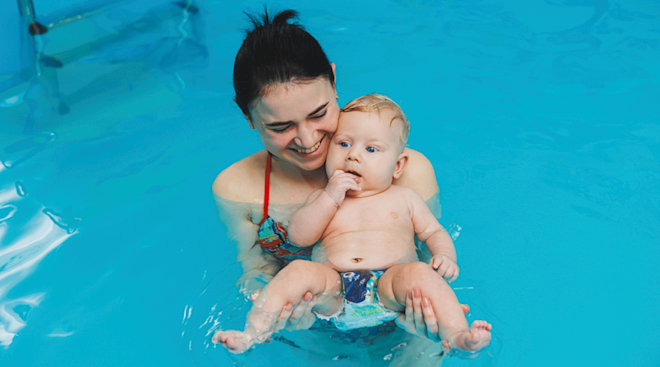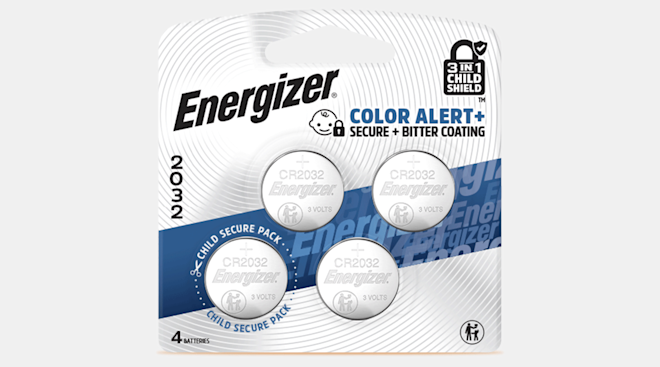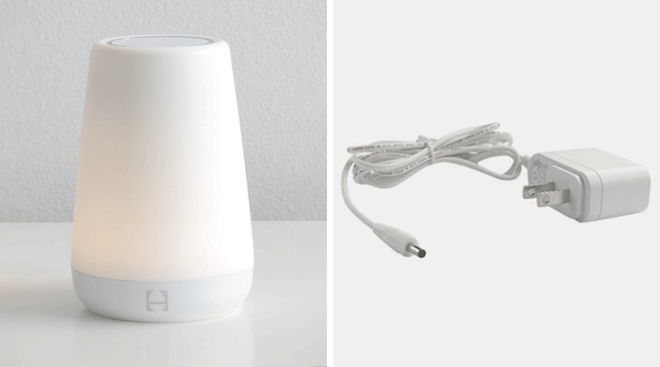Photo Shows the Major Sunscreen Mistake You're Probably Making
When it comes to sun safety, you probably already know that baby’s thin, fragile skin needs a little extra protection. If baby is rocking some cool UVA/UVB-proofed shades, a wide-brimmed hat and lightweight clothing that covers up their body, you’re already ahead of the game. When it comes to applying sunscreen, though, it turns out we all need a refresher course on how to apply SPF for maximum protection.
A new study is shining light on the fact that most people don’t apply enough sunscreen on one of the most sensitive parts of the face: the eye area. According to researchers at the University of Liverpool in England, people leave about 10 percent of their face uncovered on average. Their ultraviolet-sensitive camera showed the most missed areas included spots between the eyes and nose bridge and eyelids. Besides some gnarly sunburns, these spots you’re missing could have implications down the line; the eyelids are where 5 to 10 percent of all skin cancers occur, the researchers say.
Avoidance of the eye area can probably be chalked up to the fact that many sunscreens can run into your eyes and irritate them, study co-author Kevin Hamill told TIME.com, but it also might just be force of habit. “It wasn’t a conscious decision,” he says. “Most people thought that they were effectively covering the eyelids.”
However, he recommends a few solutions to better protect your eyes. We’ve tweaked his suggestions to be baby-friendly.
-
Put on some shades. Apart from protecting little eyes from UV damage, protectant sunglasses can also keep the sun’s rays from reaching baby’s eye-area skin.
-
Apply non-irritating sunscreen to baby’s eye area. We know: the last thing you want is for lotion to get into baby’s eyes. That’s why it’s important to get water-resistant formulas that will stand up to sweat and water. Here’s some family-friendly brands that we recommend for baby’s different skin needs.
-
Use lots of sunscreen, and reapply often. It can be easy to forget but make sure you’re reapplying every two hours. “That way even if you miss a spot first time around, or rub some off, you’re likely to get it the next time,” Hamill says.
Remember, when applying any sunscreen to baby for the first time, rub a small amount on a patch of skin other than the face to test for a reaction. The last thing those adorable cheeks need is a rash.
Please note: The Bump and the materials and information it contains are not intended to, and do not constitute, medical or other health advice or diagnosis and should not be used as such. You should always consult with a qualified physician or health professional about your specific circumstances.
Navigate forward to interact with the calendar and select a date. Press the question mark key to get the keyboard shortcuts for changing dates.




































